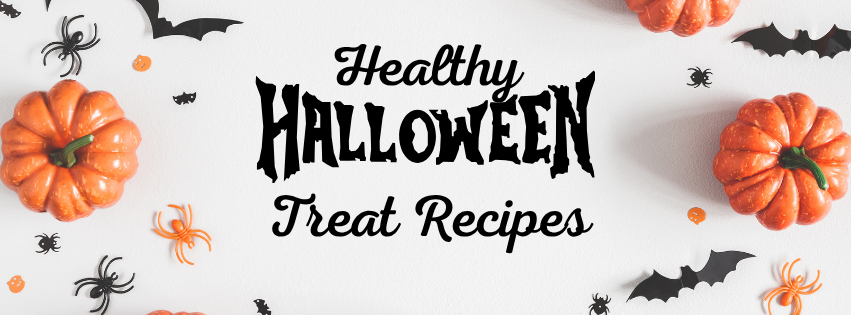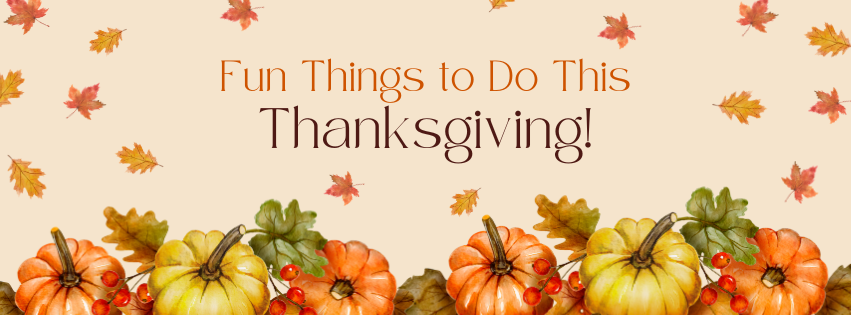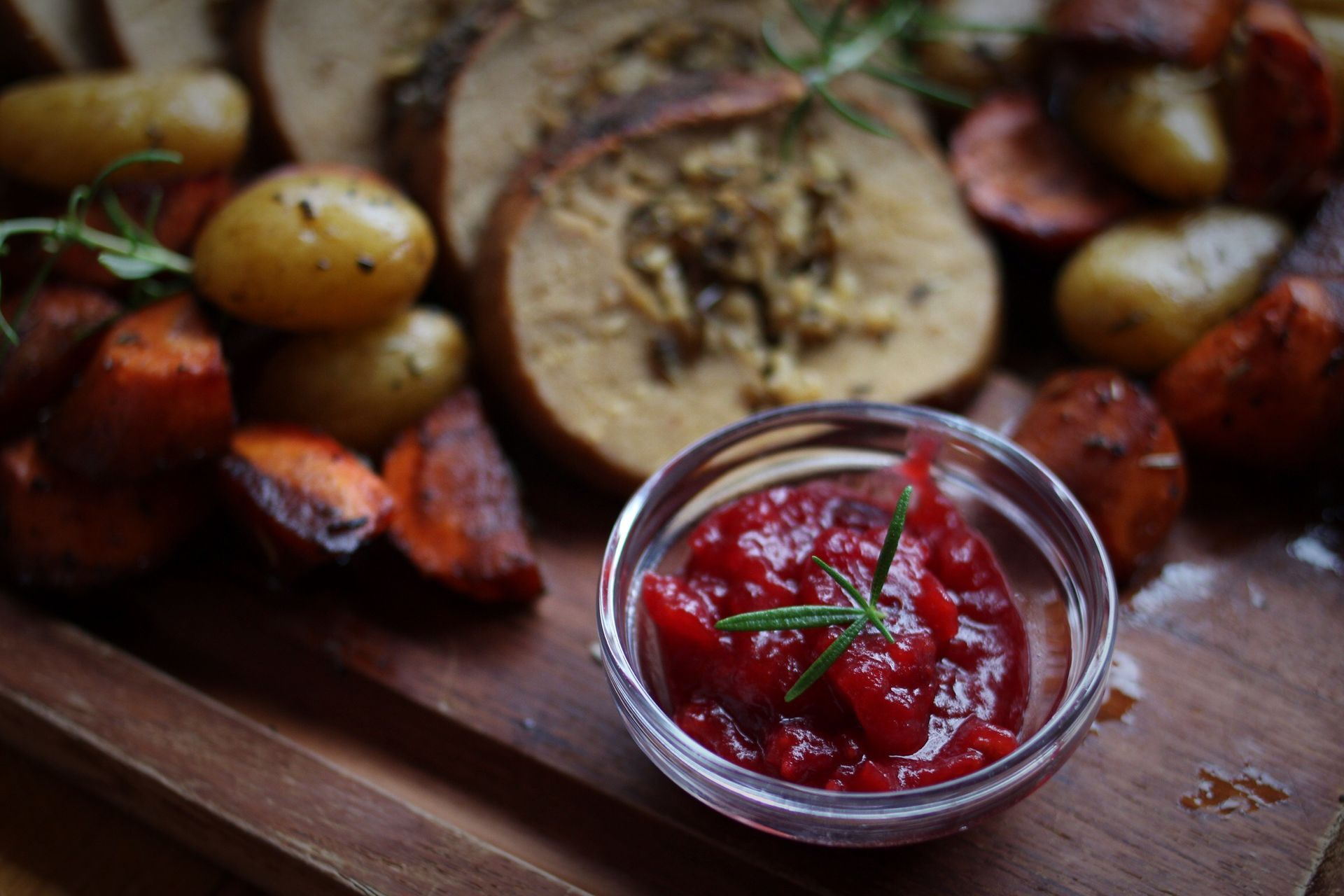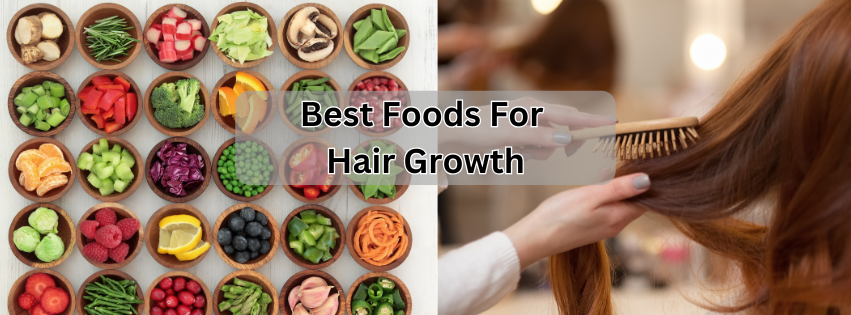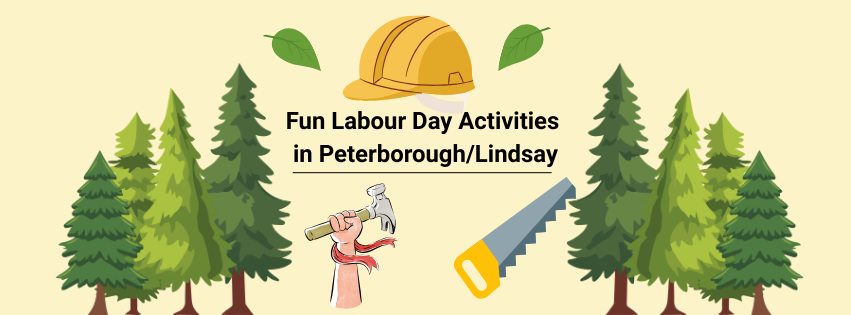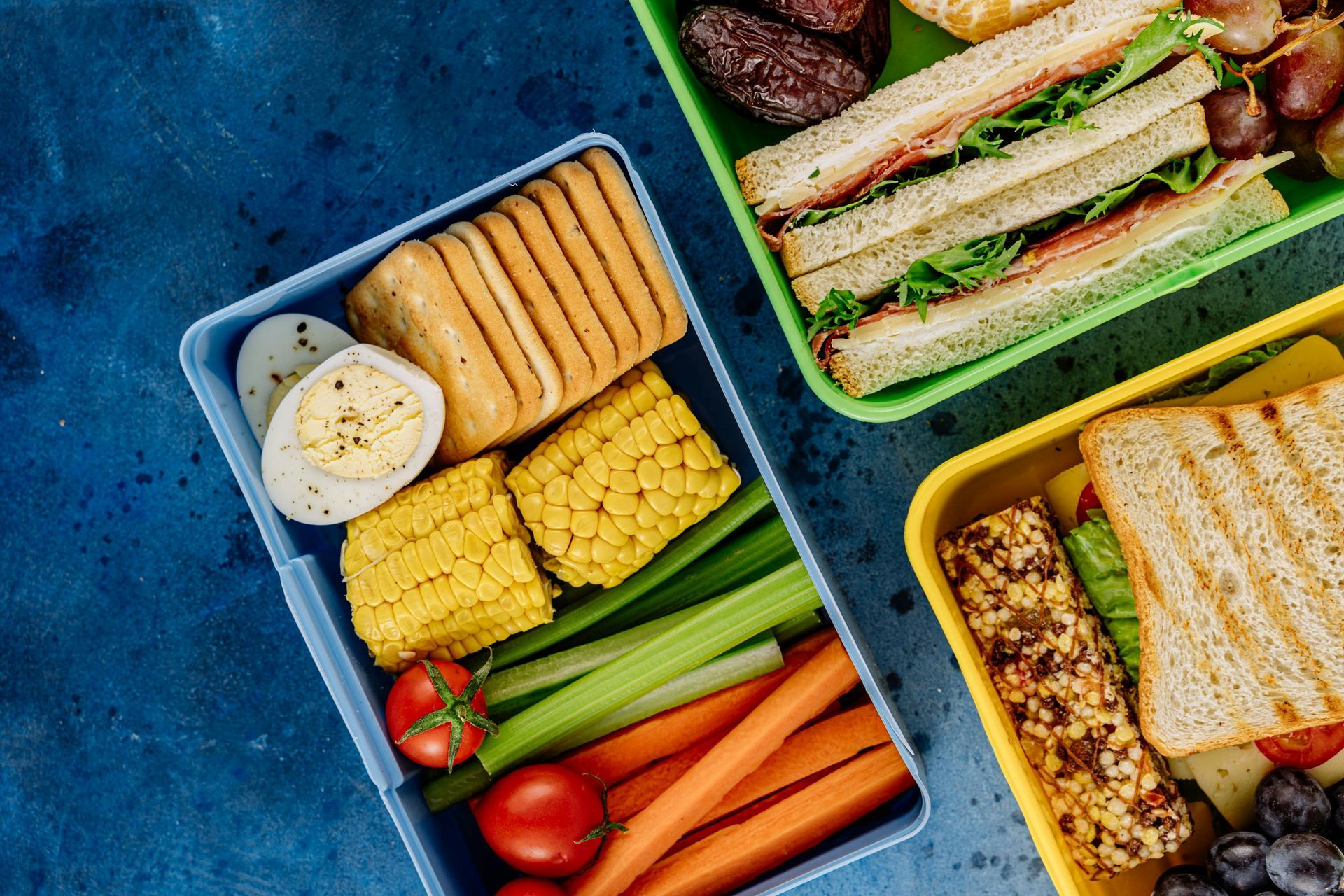How to Manage Stress and Anxiety
What Is Chronic Stress and Why Does It Matter?
Constantly feeling stressed and anxious? Whether it’s juggling work and family, dealing with financial pressures, managing school work, or simply navigating the uncertainty of the world around us, stress and anxiety can take a toll on our mental well-being. When we leave our stress and anxiety unmanaged, it becomes chronic and can negatively impact every aspect of our health. Chronic stress and anxiety have become all too common, affecting not only our emotional state but also our physical health, relationships, and overall quality of life.
But amidst this chaos, there is hope. It’s possible to find a sense of serenity, even in the face of chronic stress and anxiety. It is important to remember that you are not alone. The proportion of Canadians aged 15 years and older with a generalized anxiety disorder doubled from 2012 to 2022, from 2.6% to 5.2%.
*These suggestions are not intended to replace appropriate professional advice. Please check labels for contraindications and check with your pharmacist if you are on prescription drugs. These suggestions are based on over 40 years of customer experience at Jo Anne’s Place.

A holistic approach to health requires a look at all areas of life. Make a few changes at a time. Each is a variable in your favour giving you an opportunity to find balance. Here are some of our suggestions for dietary, supplementation, and lifestyle changes you can make to help ease stress and anxiety:
Diet Suggestions For Managing Stress
- Drink 7-10 glasses of filtered or spring water. Avoid chlorine.
- Eat a diet of 75-80% alkaline forming foods. People whose systems are too acidic are more susceptible to depression and anxiety. Chart available.
- Organic foods are the safest way to nourish yourself – a wise investment!
- Rely on fruits, vegetables, raw nuts and seeds, beans, legumes, and whole grains as diet mainstays. Eat wheat only if sprouted.
- Combine foods for optimum digestion: fruit on an empty stomach 30 minutes before other foods – starches need base secretions and animal products need acid. They should be eaten at separate meals.
- Eat complete protein no later than lunch for better assimilation of amino acids.
- Studies show that regular use of fermented foods has a positive impact on mood (Gut-Brain Connection).
- Have 1-3 tablespoons ground flax for fibre, fatty acids, and hormone balance.
- 1-2 tsp apple cider vinegar and raw honey (optional) in water with meals improves digestion, pH, and regulates blood sugar.
Cook gently. High heat generates acrylamides and advanced glycation end products.
Supplements That Can Help With Stress Management
Chronic stress and anxiety can cause serious imbalances in the body’s gastrointestinal, endocrine, cardiovascular, and nervous systems. Taking supplements can help offset these imbalances and the deficiencies they cause, therefore improving many symptoms of stress and anxiety.
- Bio-Strath – a staff favourite! Studies in Europe show it reduces anxiety, improves stress tolerance, and corrects pH.
- Vitamin C – anti-inflammatory, reduces anxiety and fatigue.
- Vitamin D - 8,000 IU for one month then reduce to upper limit of 4,000 daily - anxiety and depression are associated with a deficiency.
- Omega 3 fatty acid – a deficiency is associated with depression.
- Magnesium – calming, alkalizing, promotes better sleep.
- Probiotics daily - promote immunity, better digestion and correct pH.
Special Care
For short term or intermittent use, try one or two on their own or in combination and assess.
- Rhodiola - effectively relieves stress and mental fatigue. Helps with depression.
- L-Theanine can elevate levels of GABA, dopamine, and serotonin, which promote relaxation and reduce anxiety
- Holy Basil tea lifts the heaviness of anxiety and promotes a feeling of wellbeing. In India, it is revered as the Mother of all Herbs.
- There are several homeopathic remedies that can help with specific symptoms of anxiety. Ask a staff member to help you select the best remedy.
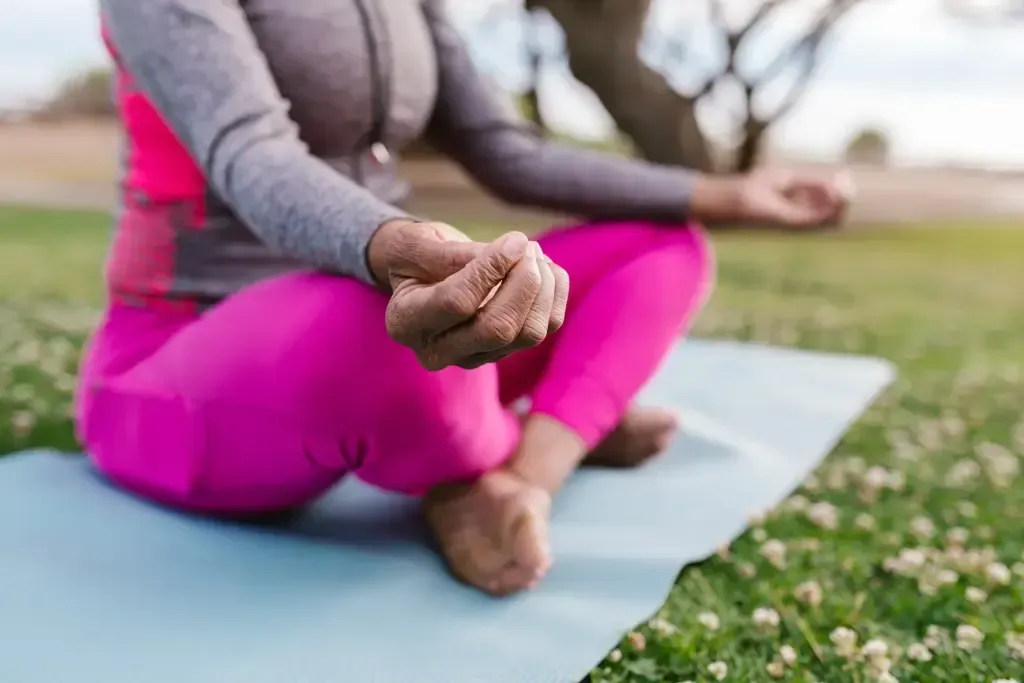
Additional Suggestions
- Keep all pathways of elimination free of congestion. Dry body brush to open skin pores and encourage lymphatic flow. Take sufficient magnesium and vitamin c to keep bowels moving easily. The cleaner your system the more balanced you will feel.
- Fresh air, sunshine, and pleasurable exercise feel good and relieve stress! Breathe deeply, exhale thoroughly. The lungs are a pathway of elimination.
- Keep a journal to record and honour your feelings. Sometimes simply identifying worries makes them less ominous and more manageable.
- Anxiety is first experienced somewhere in the body. It's our fight-or-flight response activating. Sit quietly and identify where you “feel” anxiety. Let your attention rest on that area and slowly breathe in, hold for a few seconds then breathe out letting it go. With practice you can do this anywhere, anytime.
Remember that you are not alone and make sure to reach out for help if your feelings become too overwhelming. There are resources available to you.

THE WELLNESS ON PURPOSE PROGRAM
Did you know that ‘reducing’ stressors is not always the best answer to managing stress? Because life is unpredictable and stressors can arise from out of nowhere, it’s important to have tools that allow your body to ADAPT during times of stress.
In Pillar 3 of the Wellness on Purpose Program, we focus on different types of stress, the impact of chronic stress on the body, and ways to adapt when experiencing symptoms of stress.
This pillar of the program will be led by wellness experts including a Nutritionist, Registered Social Worker, Massage Therapist, Yoga Teacher, Registered Kinesiologist, and Breathwork Facilitator.
The program is FREE, self-paced, and completely online. Start managing your stress today!
Wellness Wisdom
Our YouTube series, Wellness Wisdom, features a great video that is all about managing stress and anxiety. Our Nutritionist, Rebecca, sits down with our Marketing Assistant, Jonathan, to discuss steps you can take to reduce the feeling of stress in your life.
Watch Here
*Please note that this information is not intended to replace the advice of health professionals. Please check with your practitioner and/or pharmacist if you take prescription medications.
*Revised December 2024

Visit a Jo Anne’s Place location today to speak with our knowledgeable staff about your nutrition and supplement needs!
All products mentioned are available in-store.




